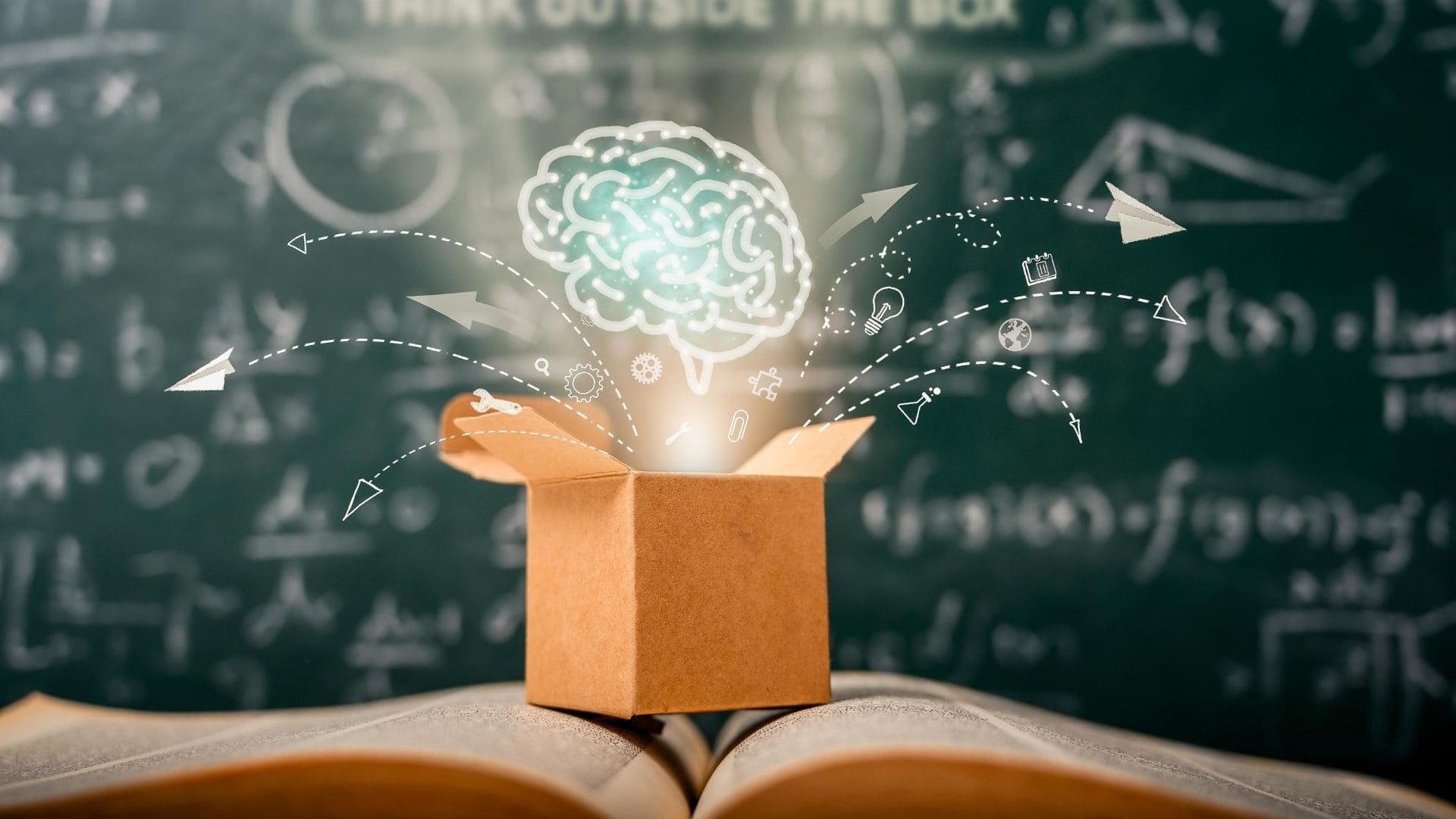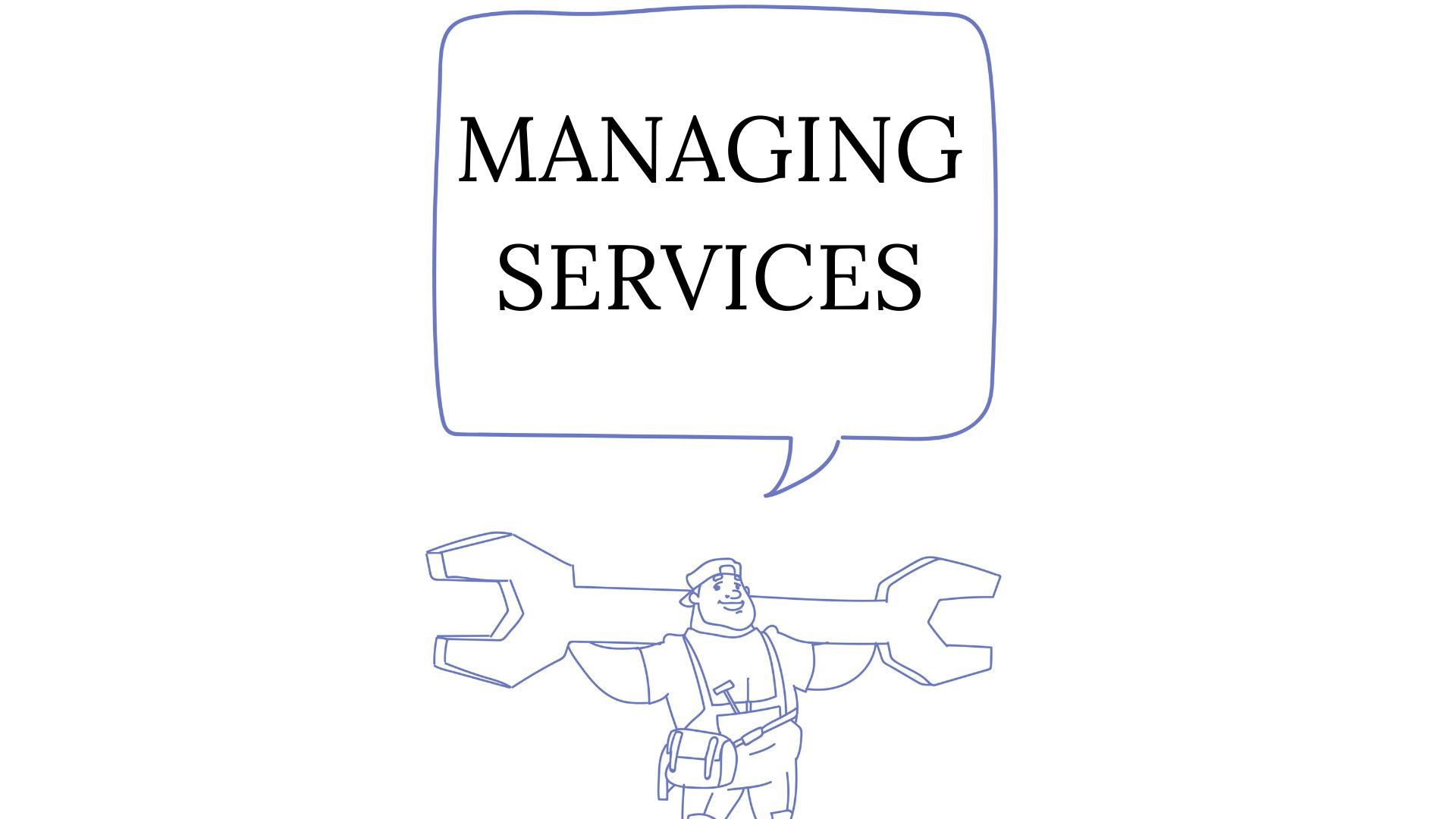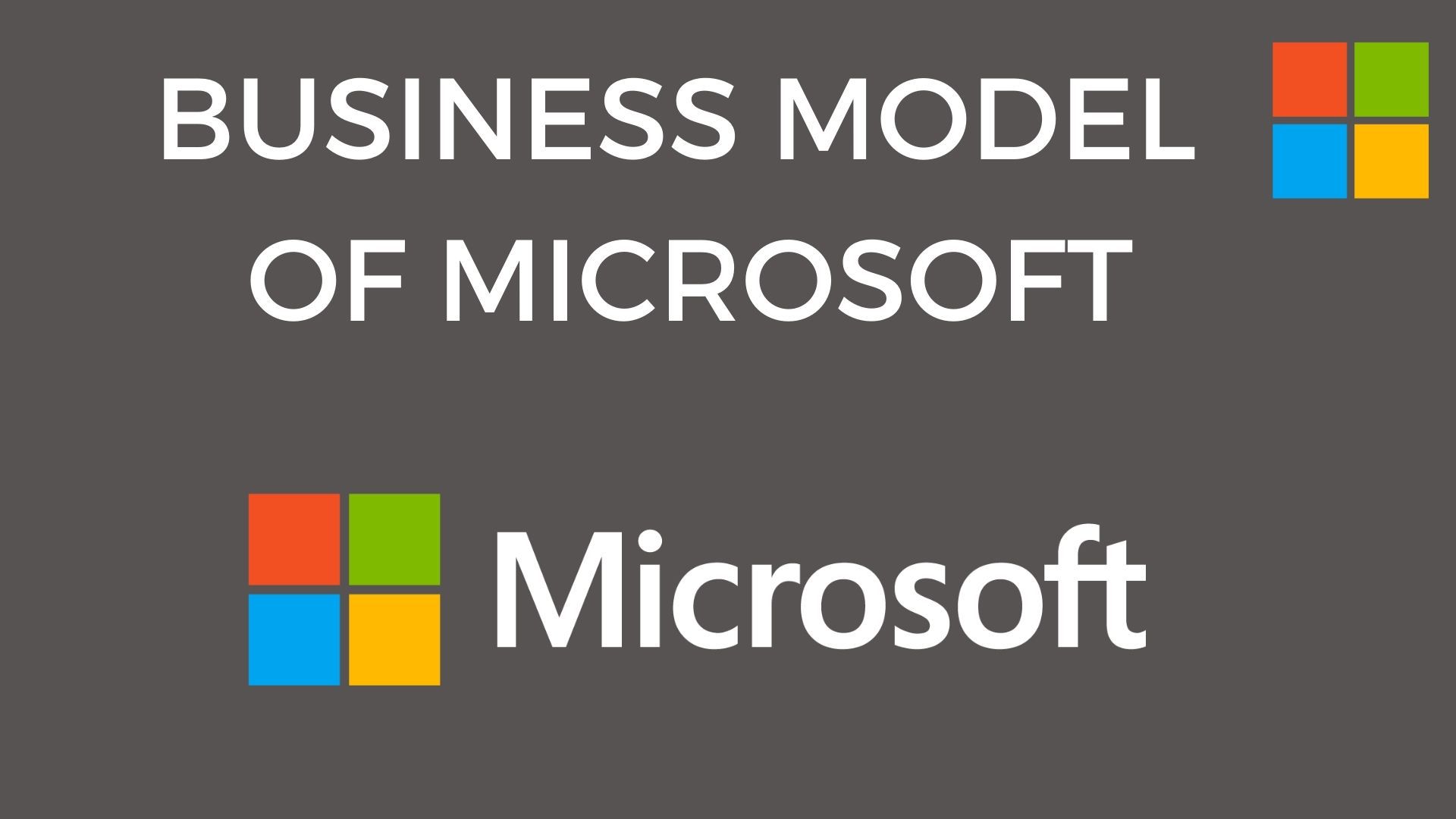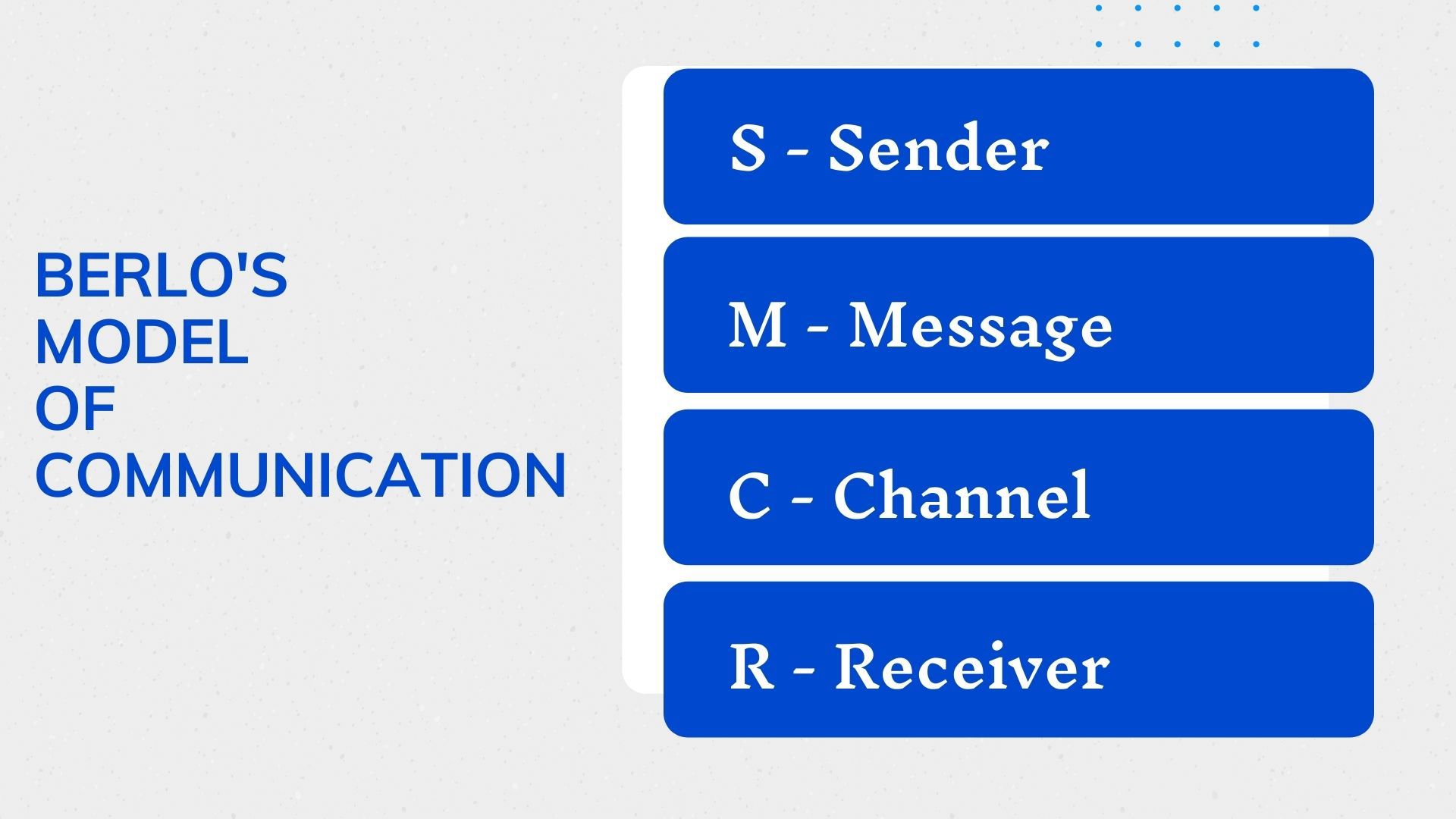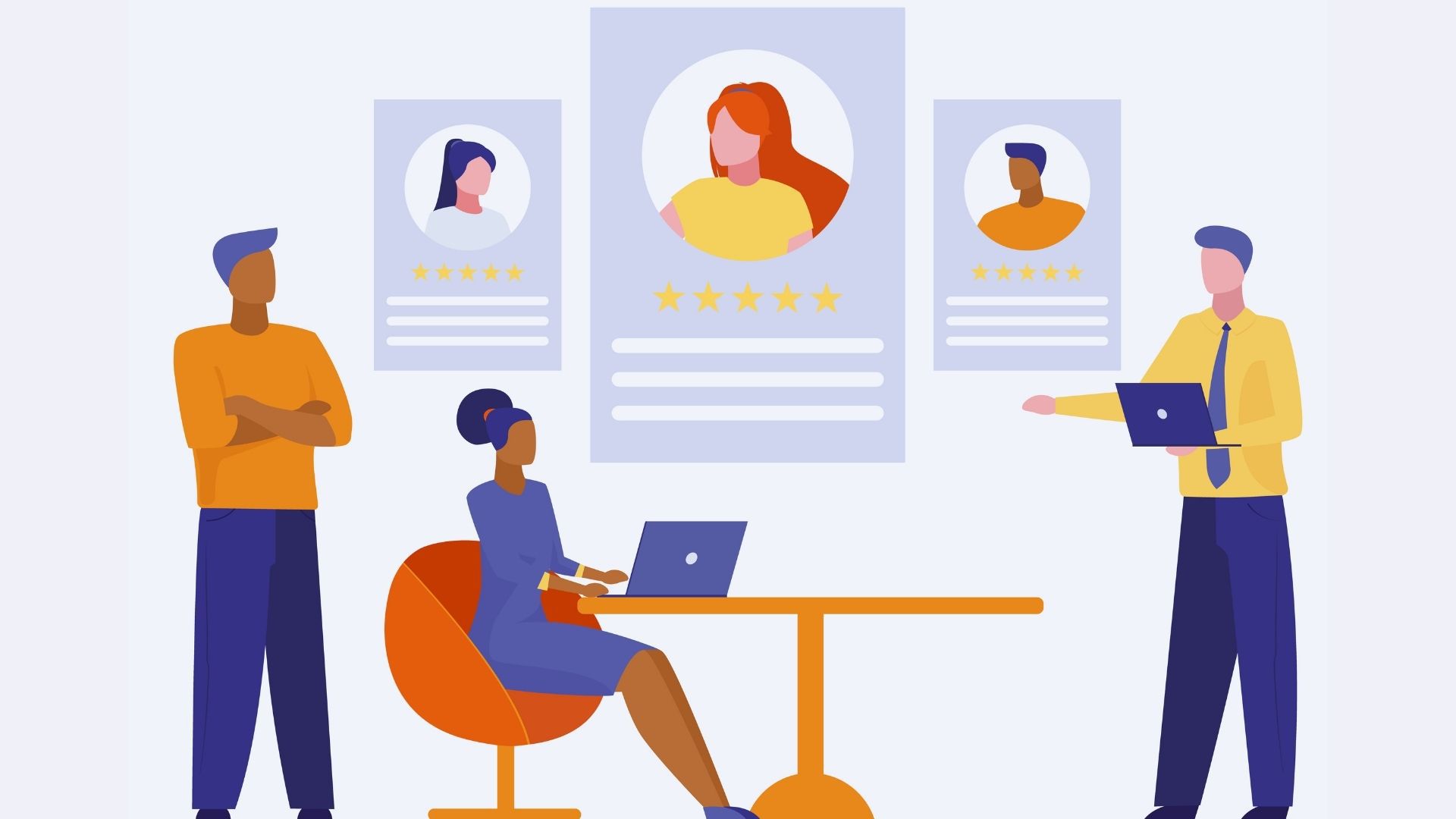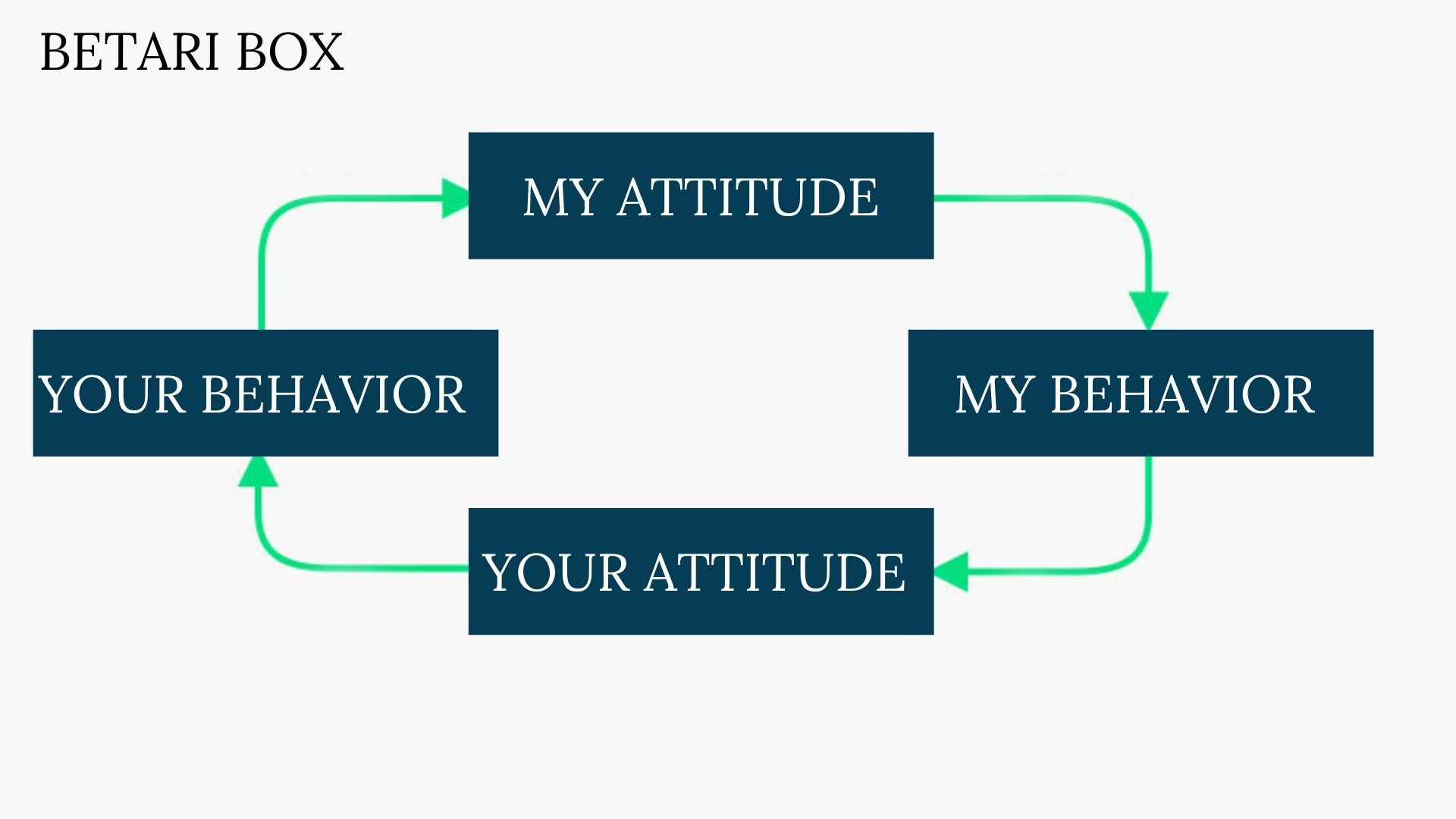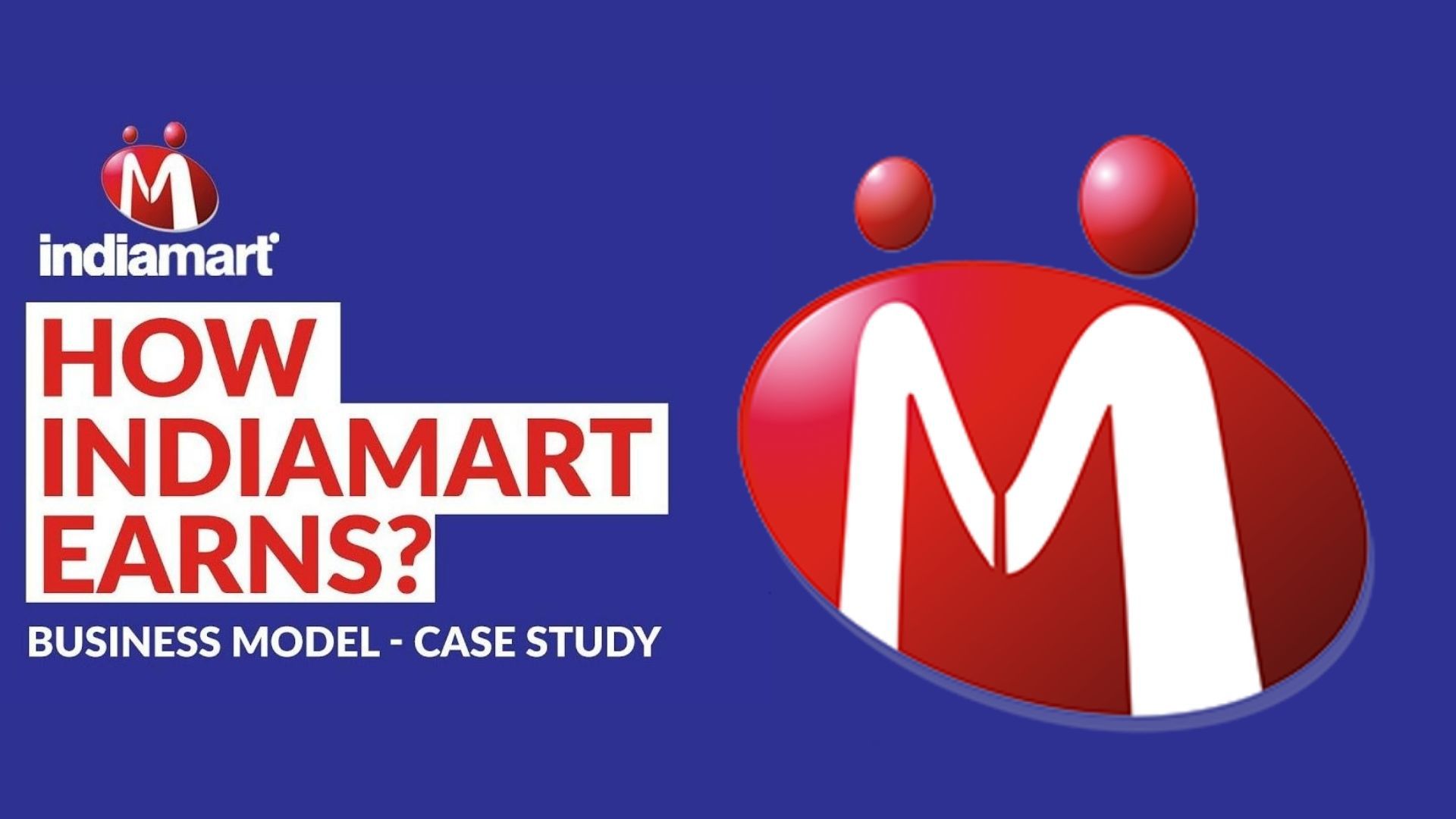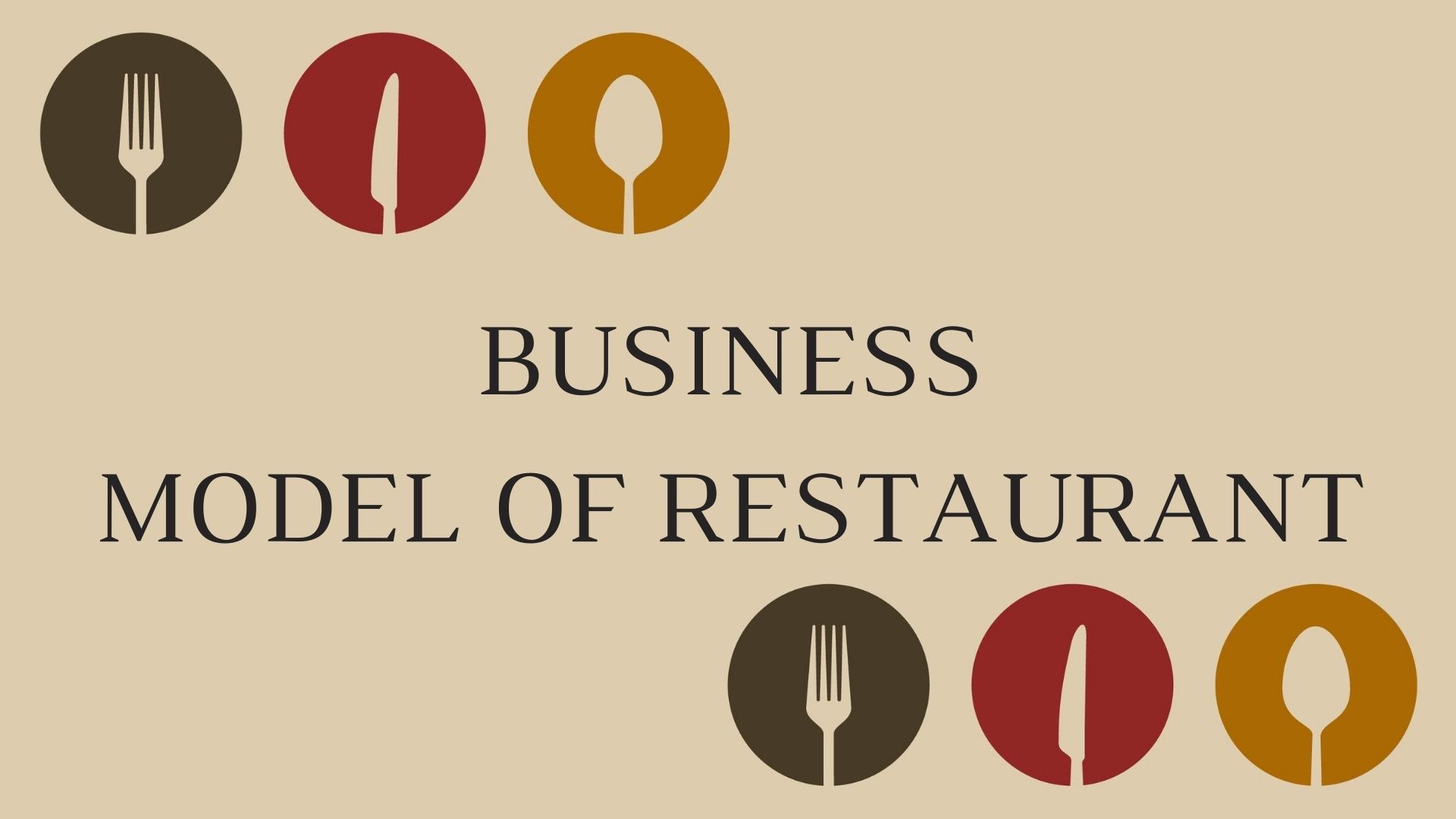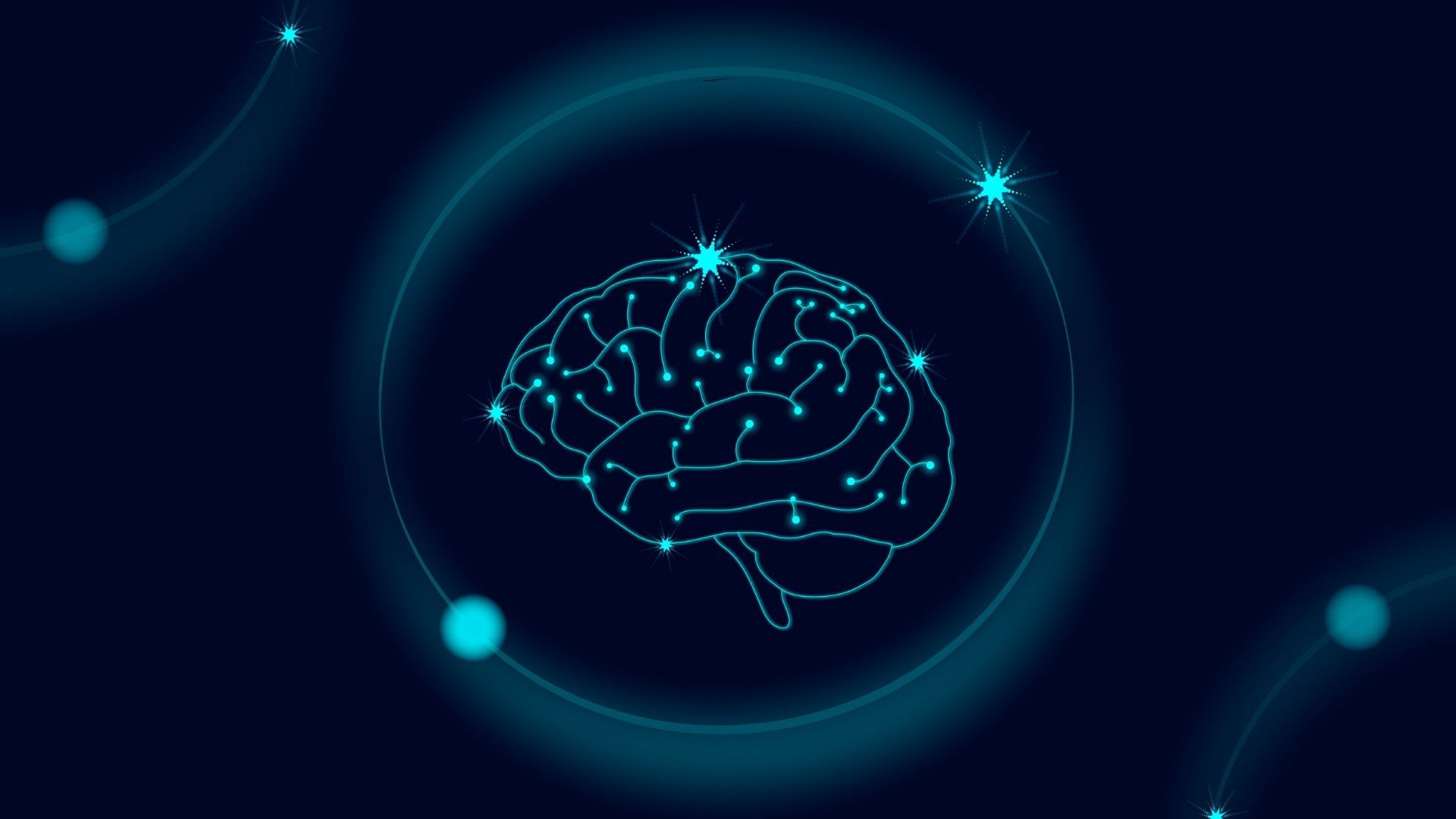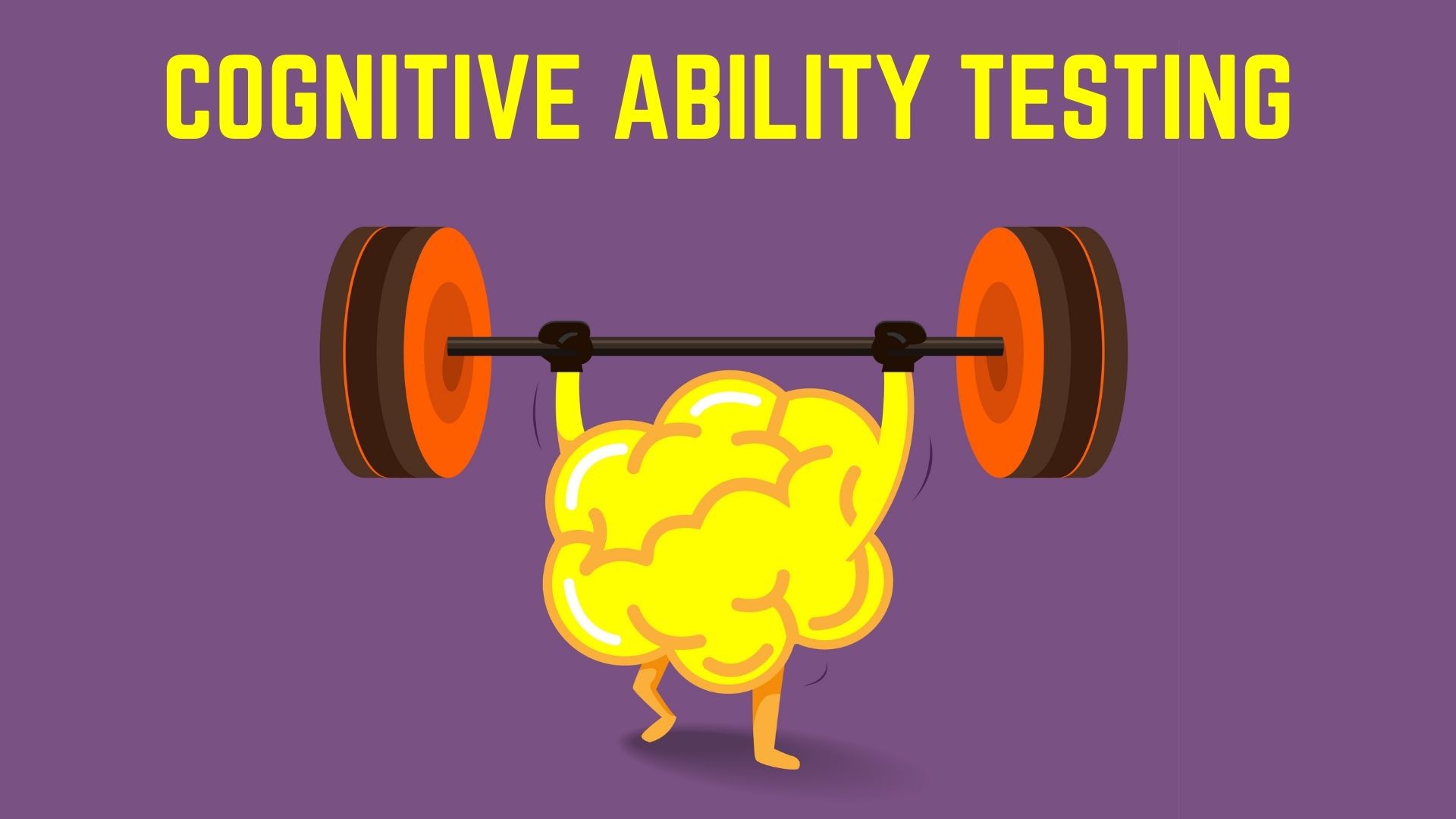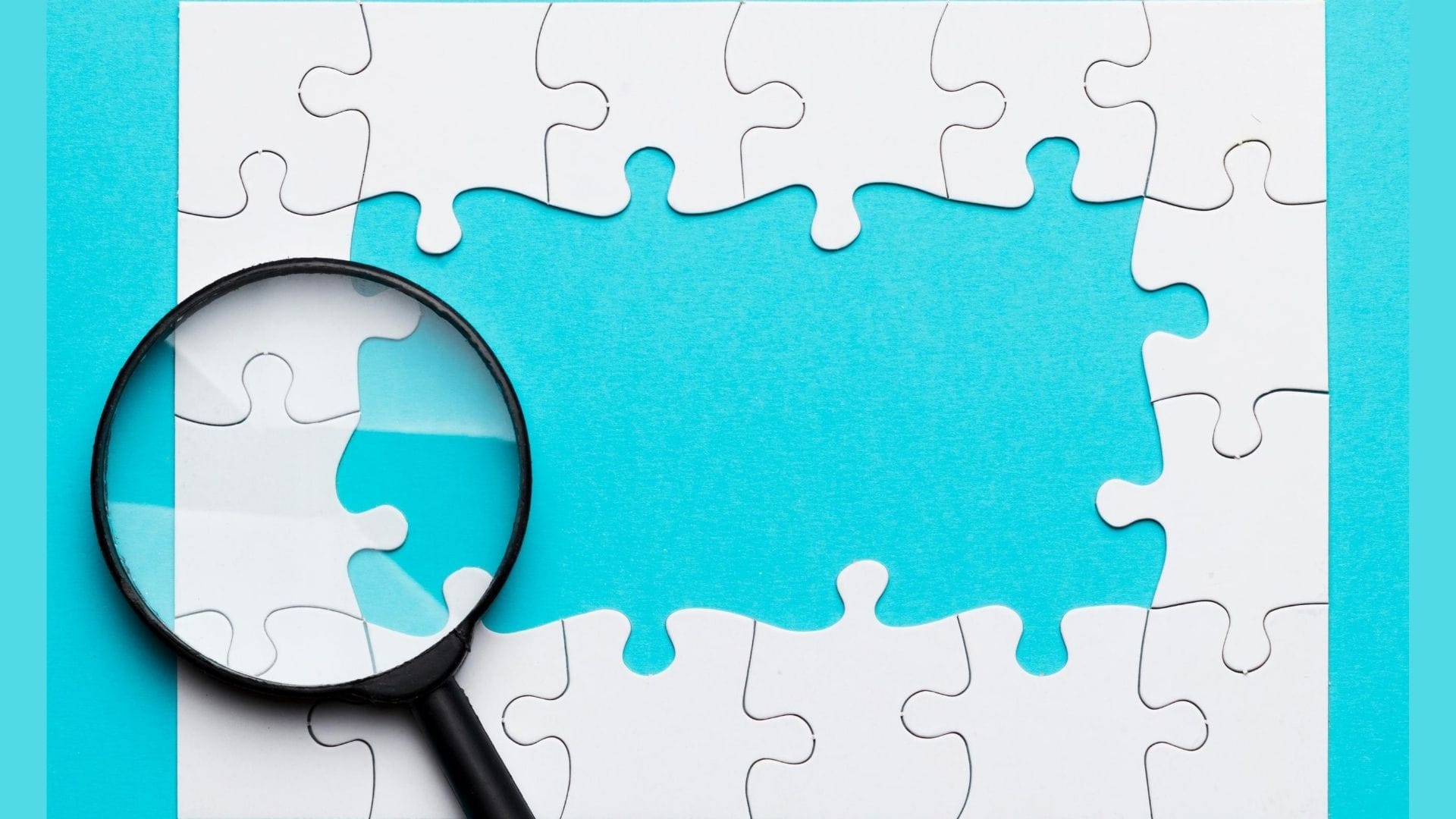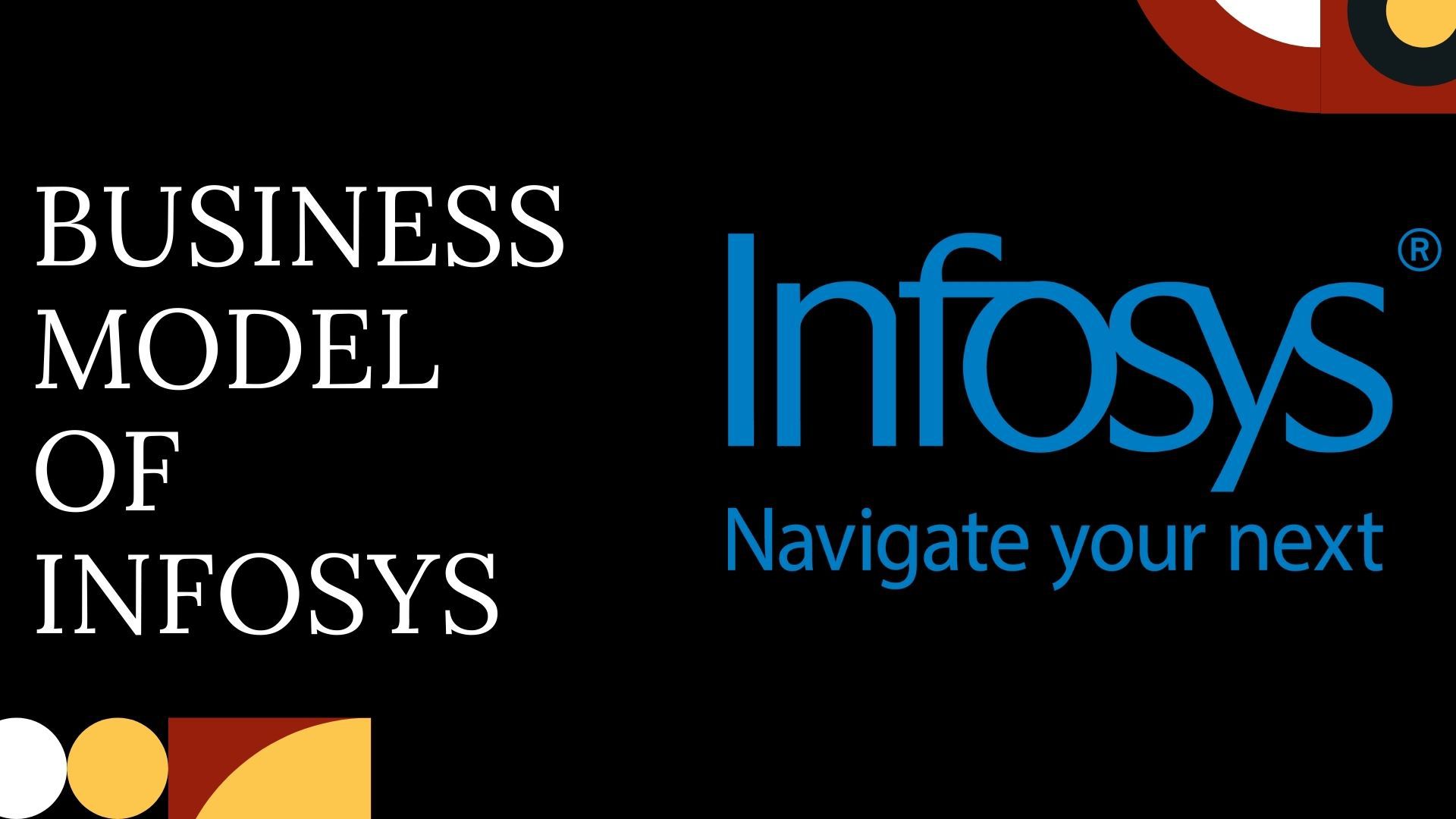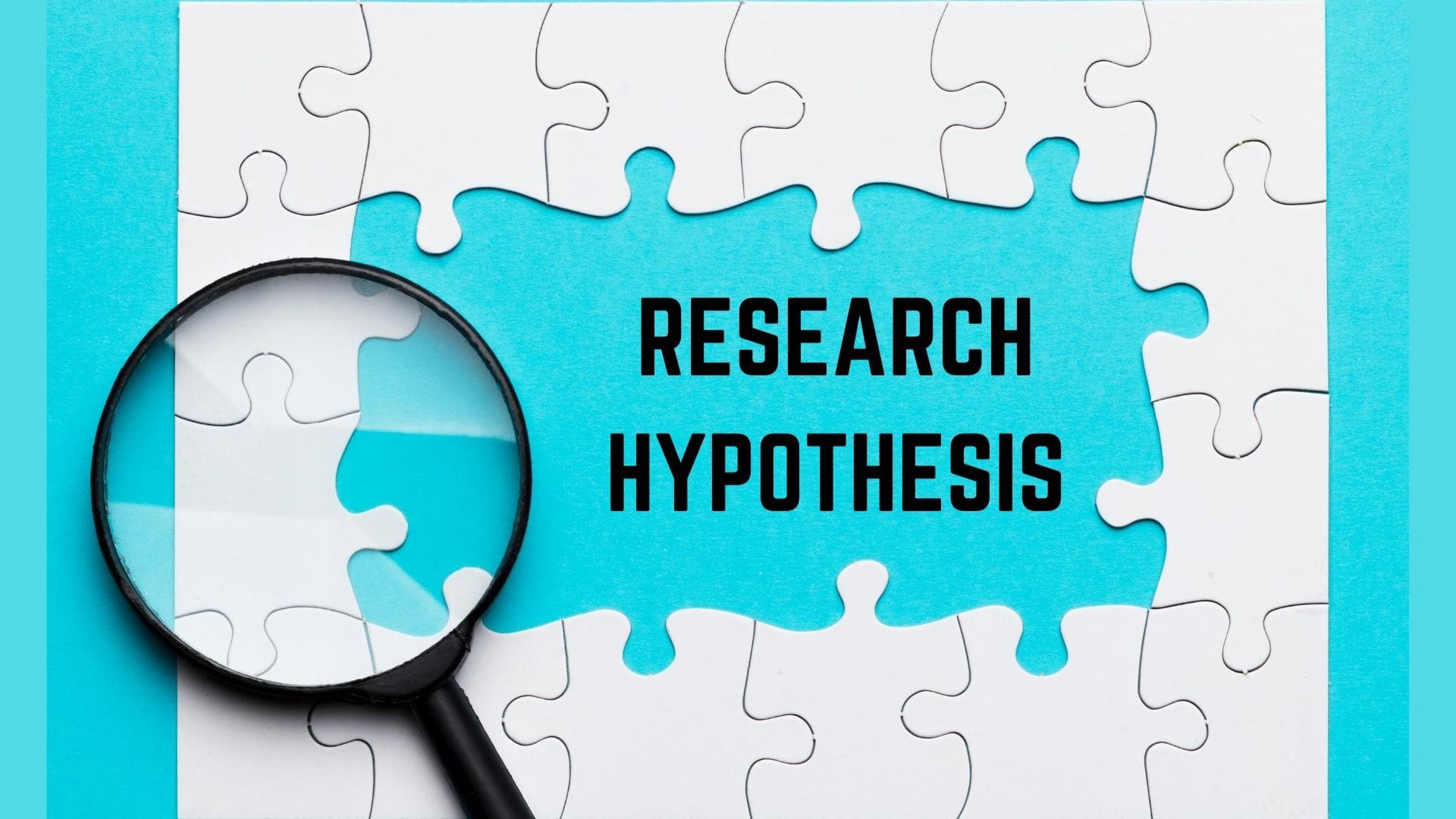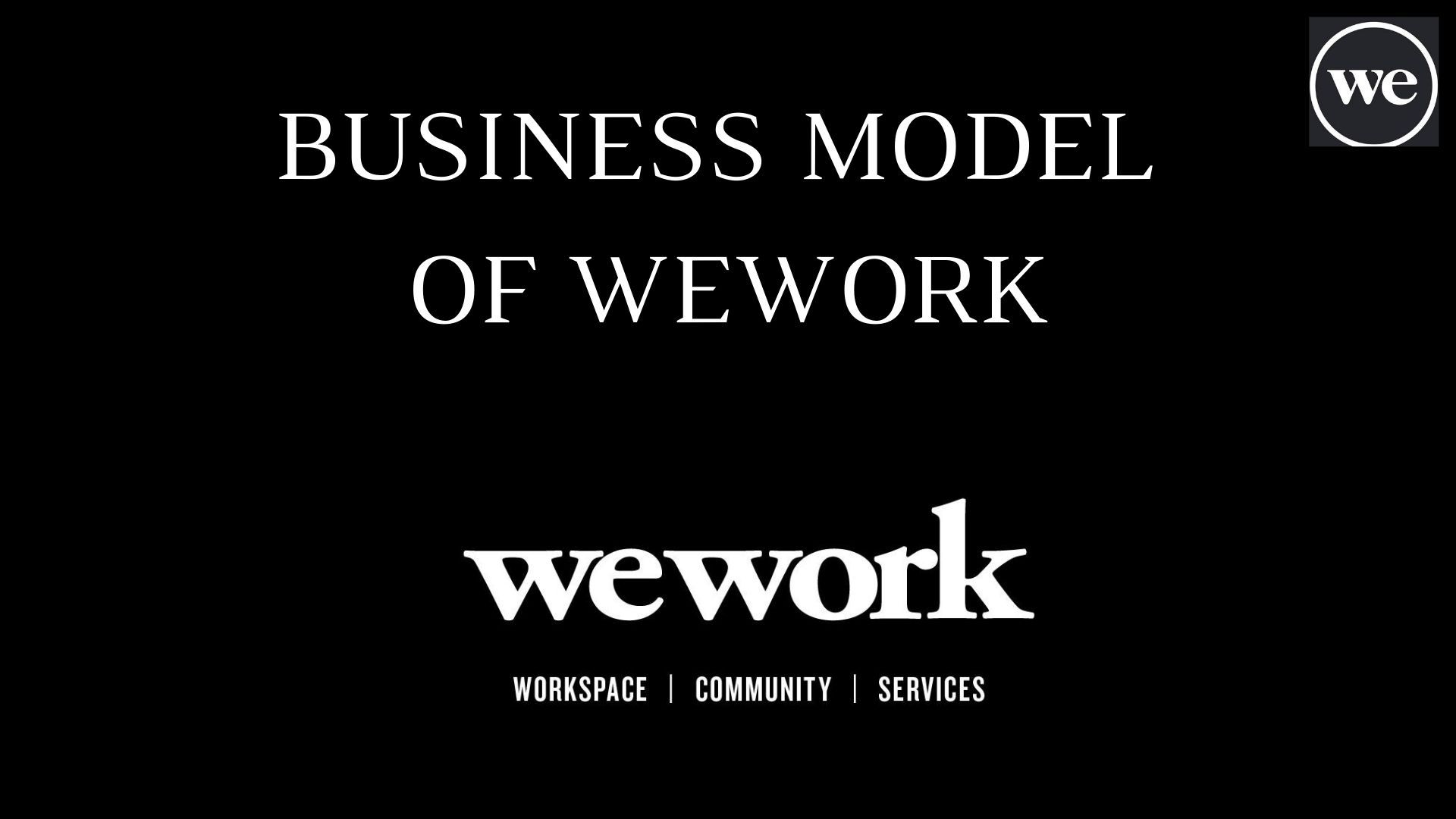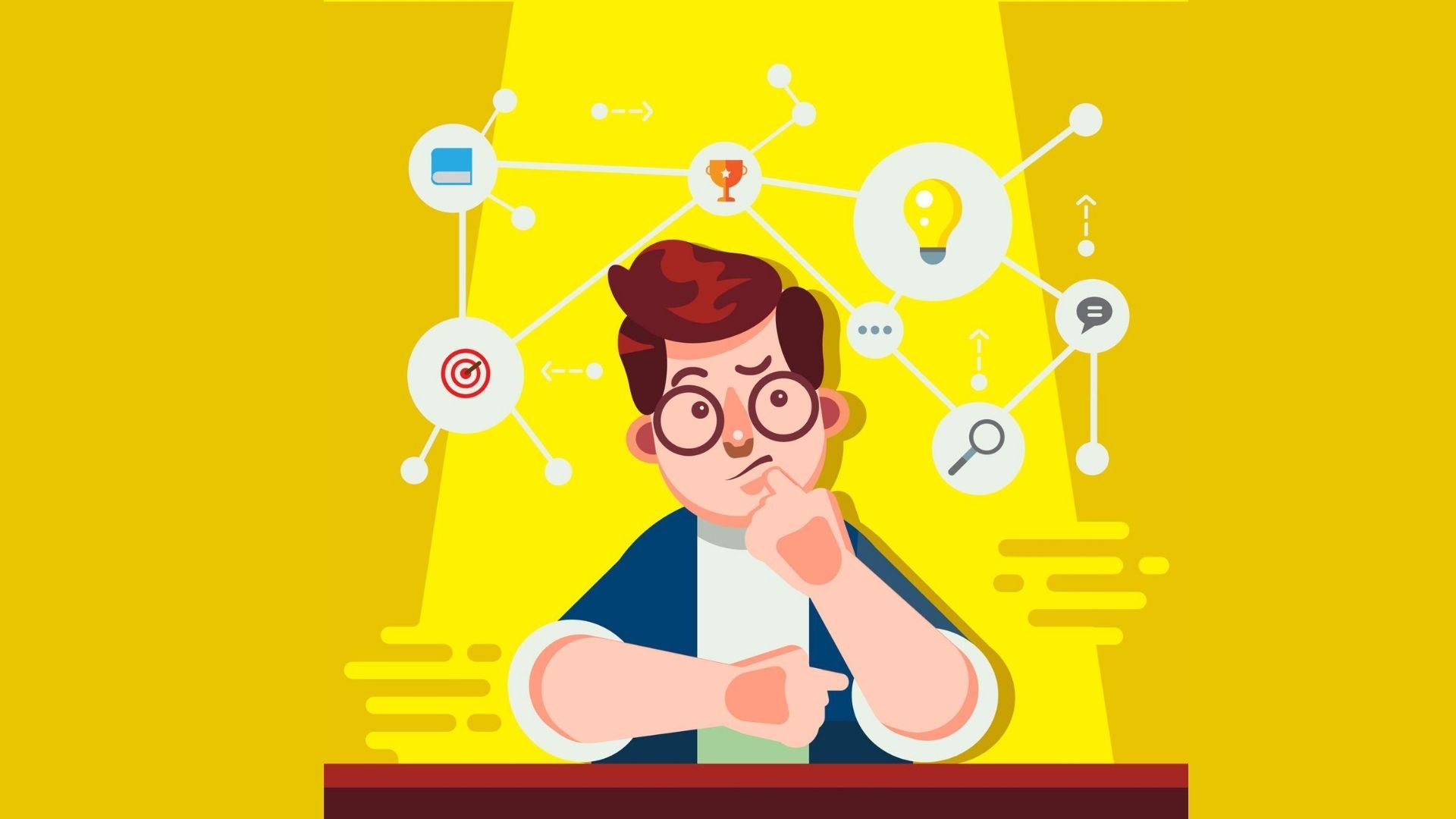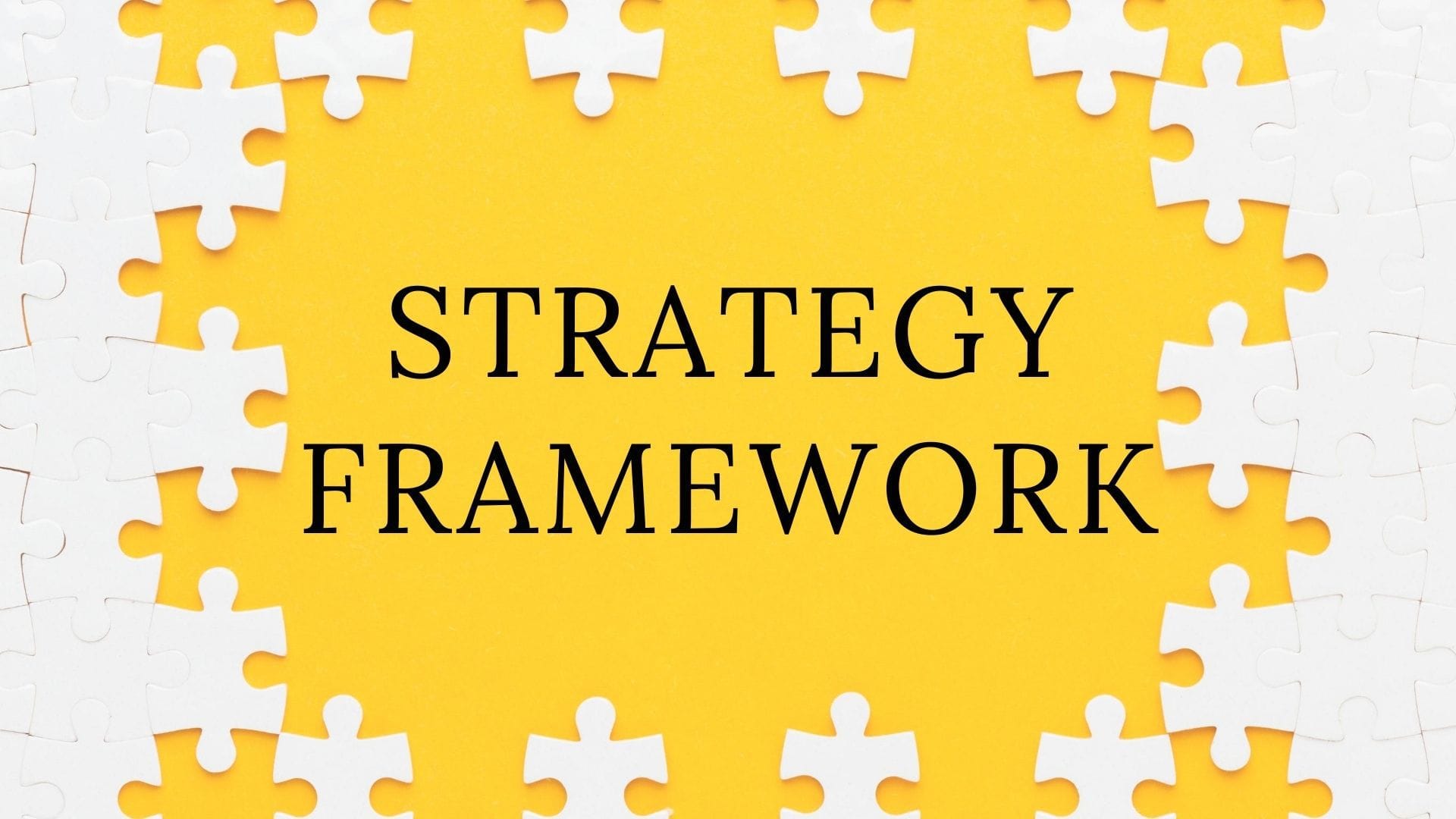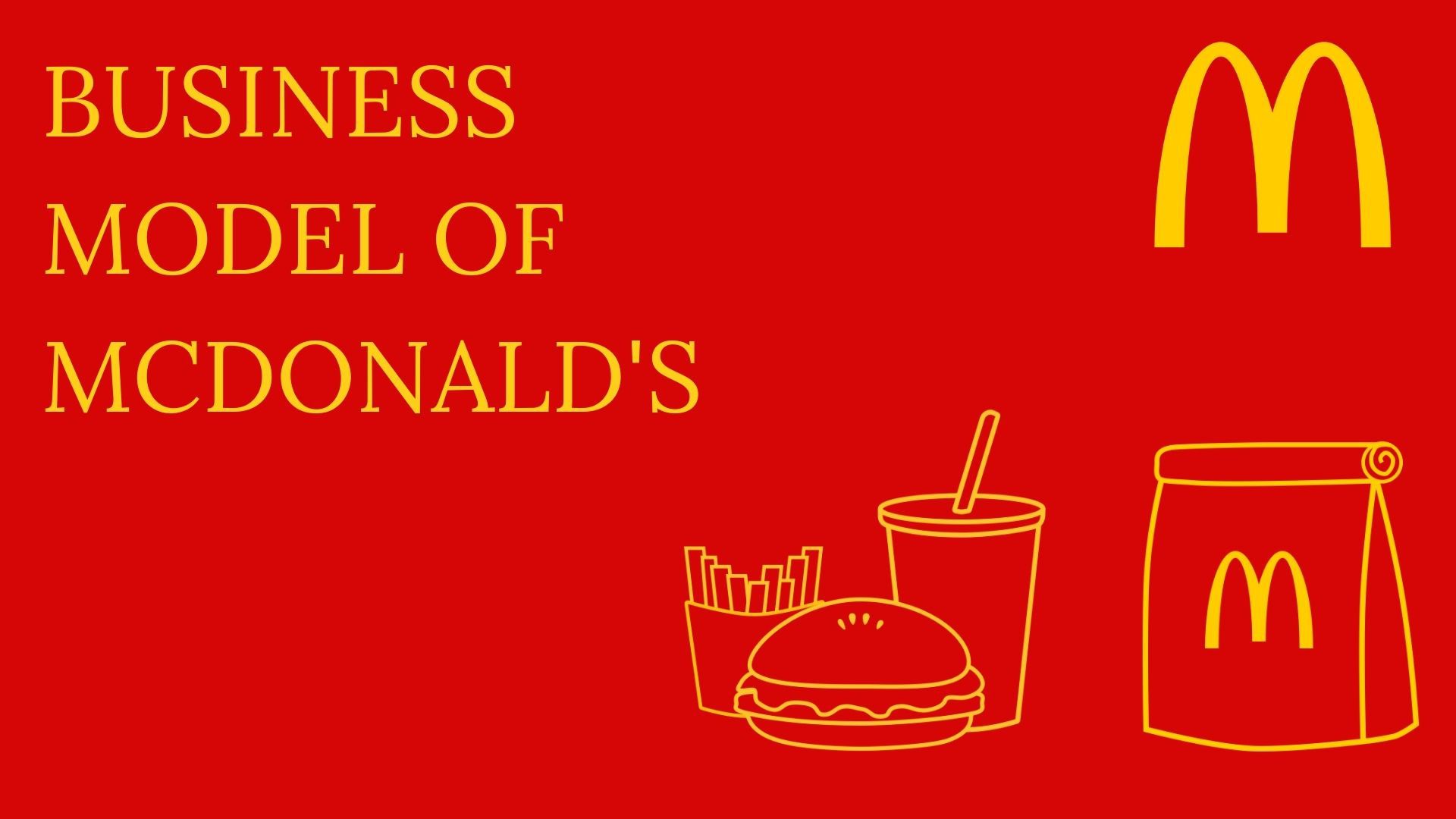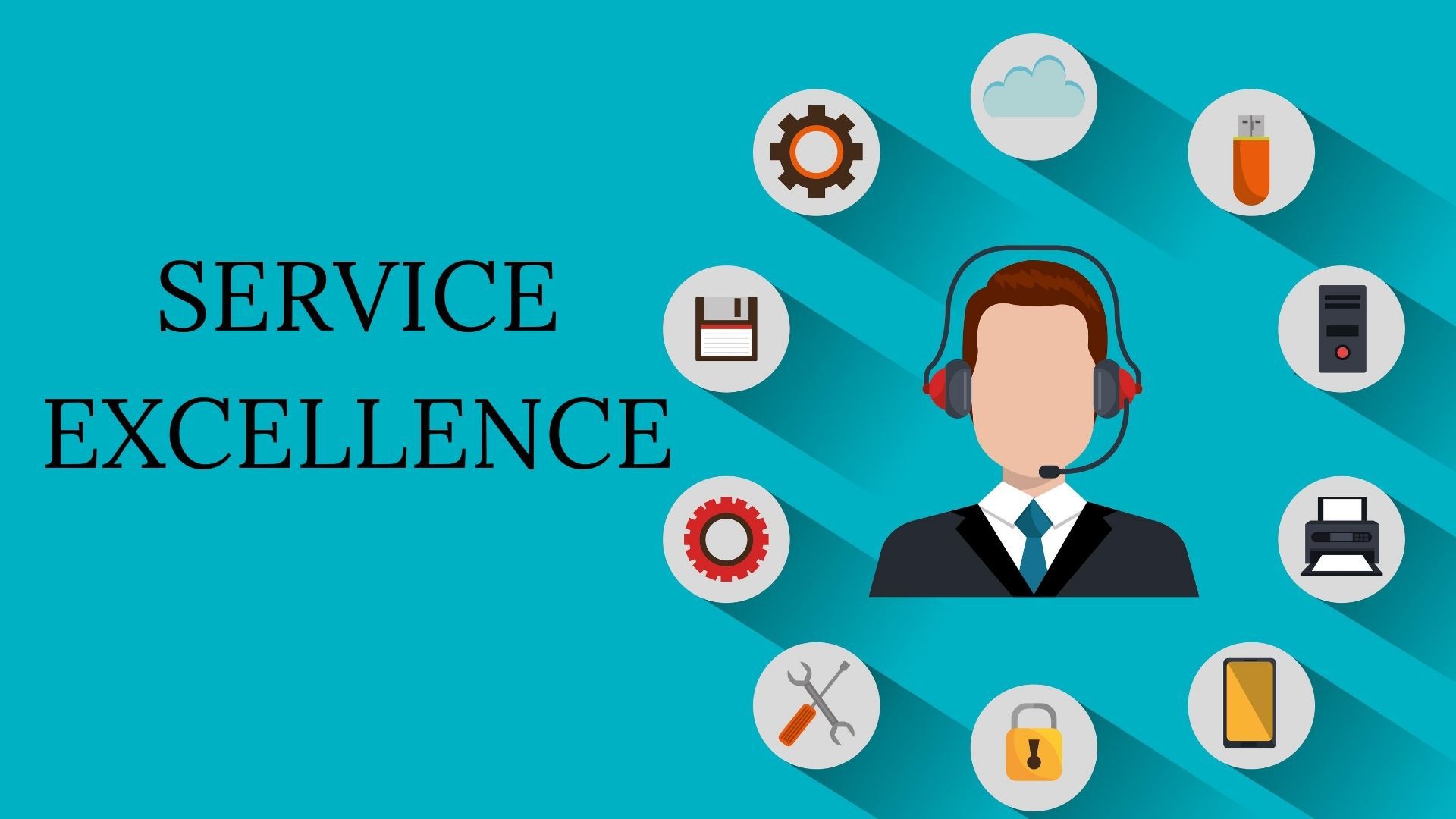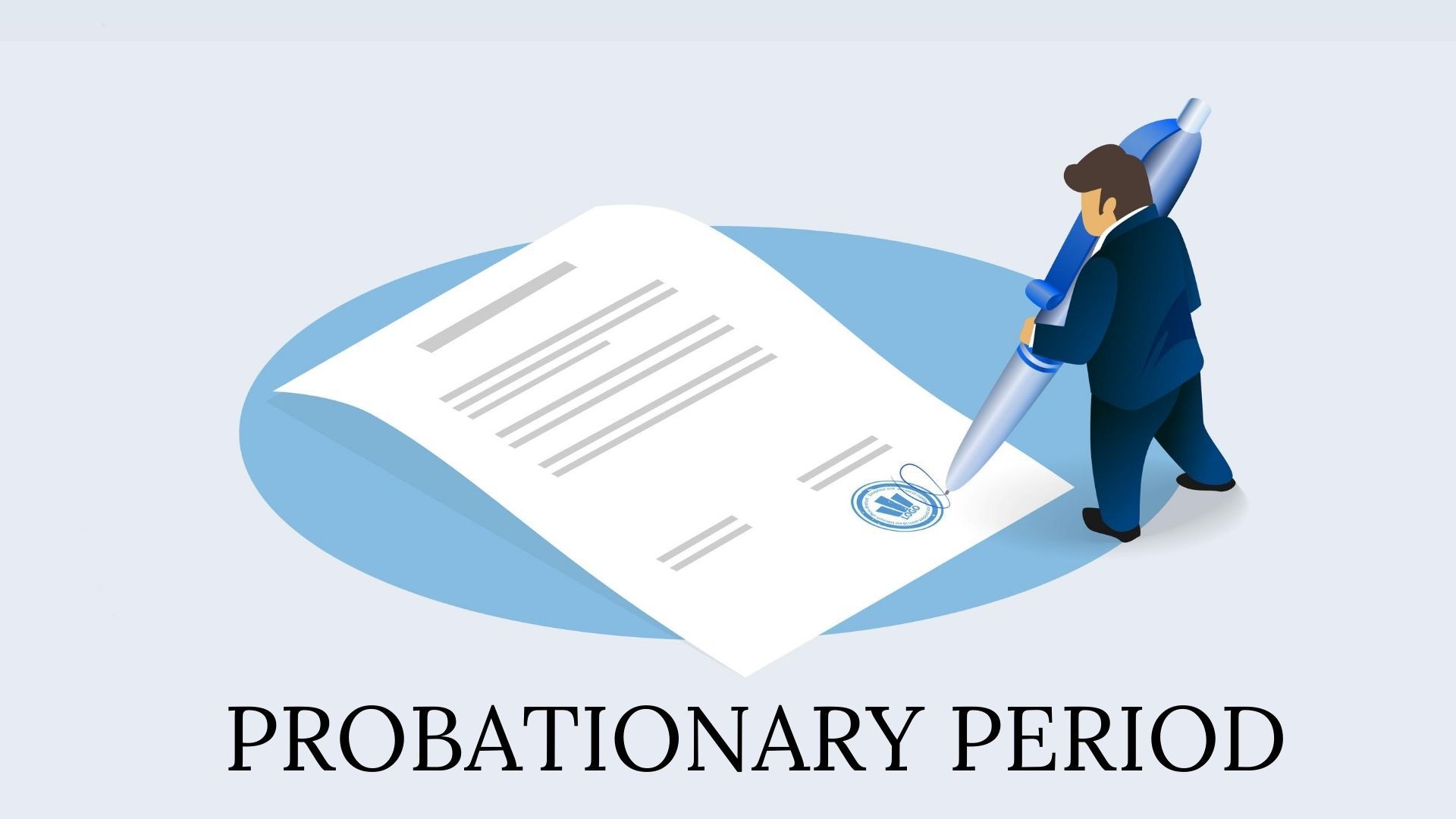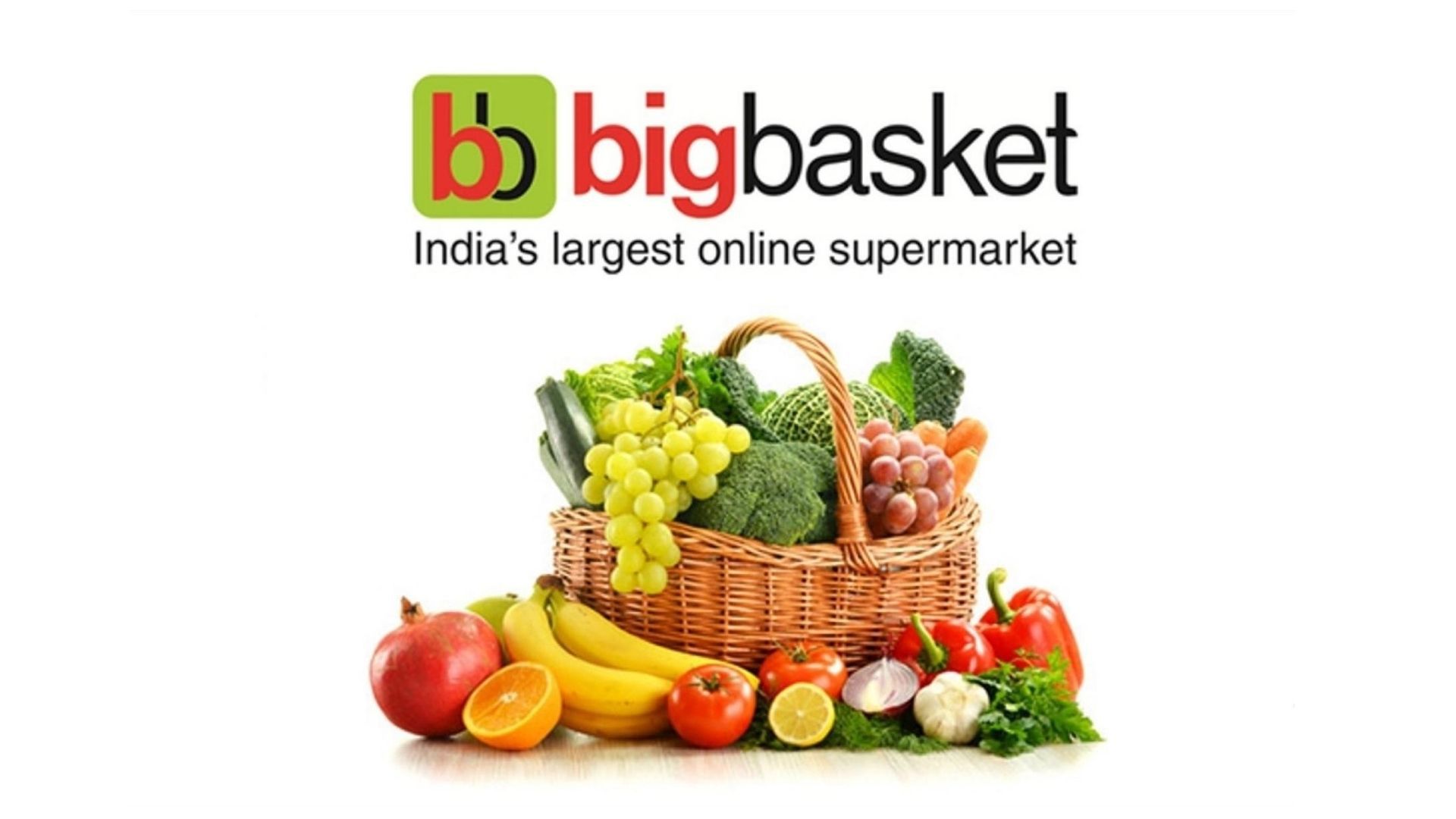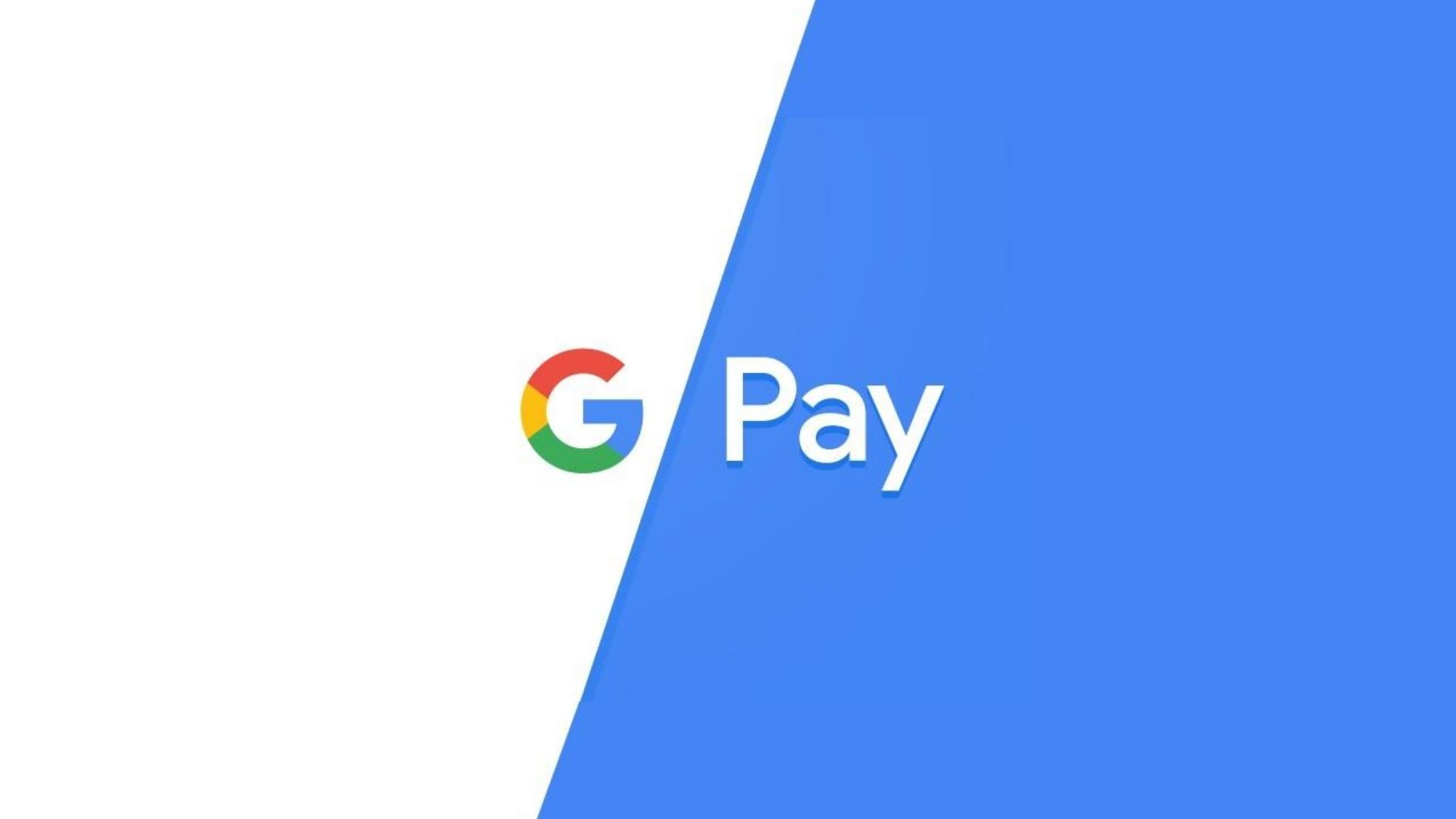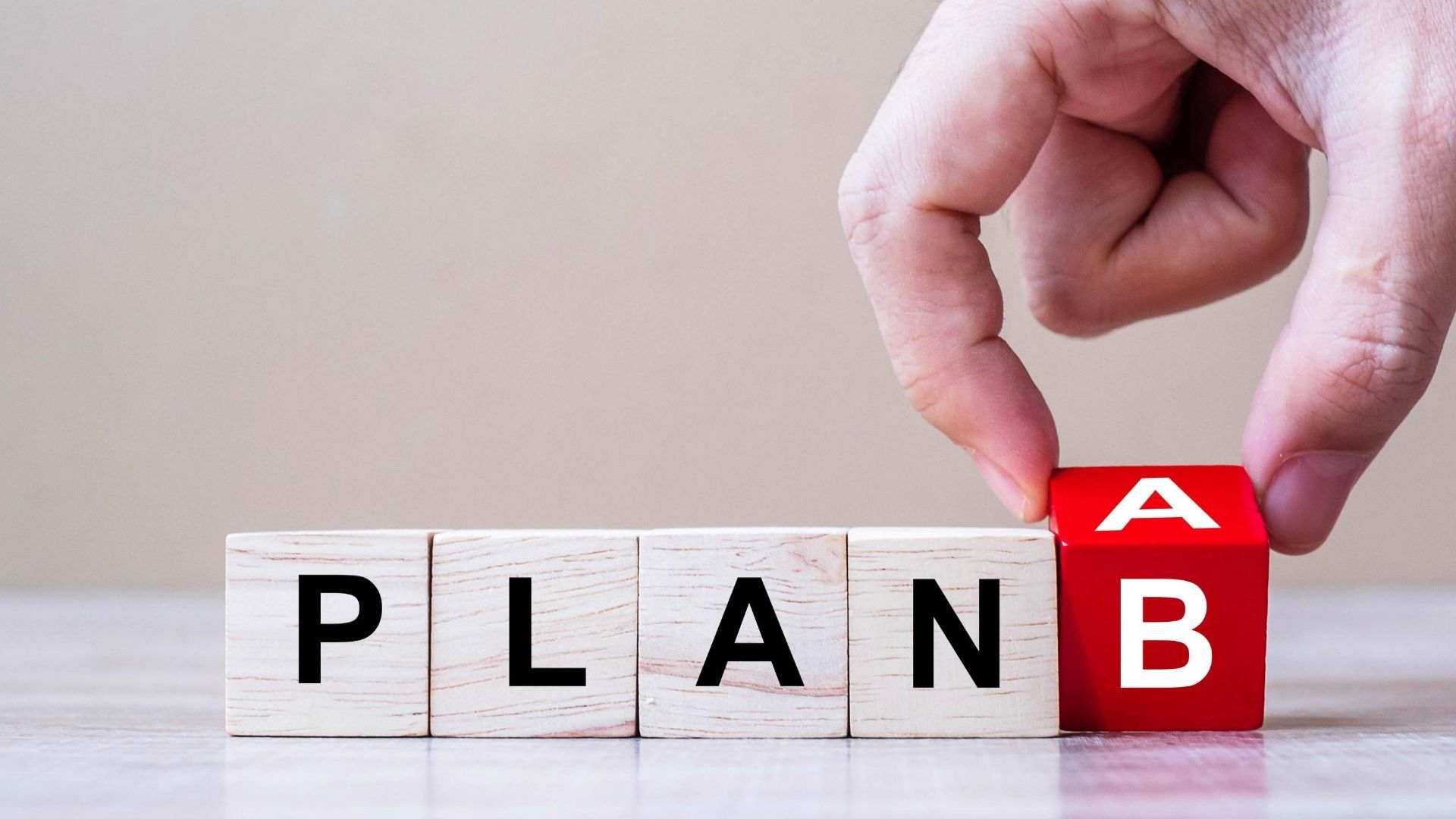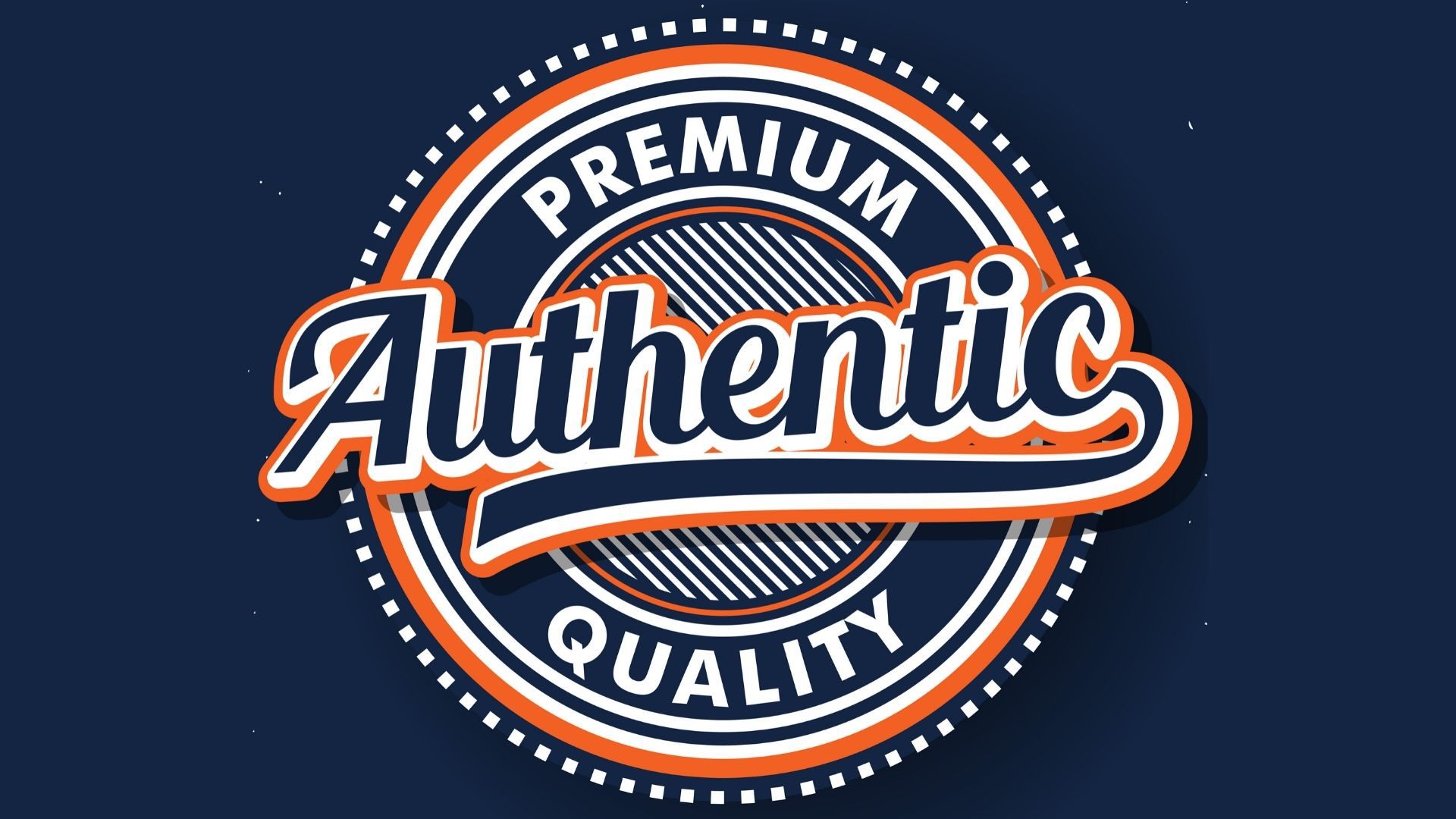Knowledge Management is a systematic process that involves handling, overseeing, and understanding all kinds of knowledge databases within an organization, including the intangible skills that…
Managing Services: History, Advantages and Challenges
The practice of outsourcing the responsibility for anticipating and maintaining the need for a complete range of processes as well as functions to improve the…
Business Model of Microsoft & How Does Microsoft Make Money?
Microsoft, an American multinational technology company, is the leading company of technology in the world. The business model of Microsoft develops, designs, supports, licenses, and…
Berlos Model of Communication Explained
David Berlo set Berlos model of communication in the 60s. This model is also known as the SMCR model of communication. Unlike the Aristotle model…
Customer Profiling Definition and Benefits (with Steps Explained)
Customers are an essential part of every business. Whether your business will be a success or failure will depend on your customers. Therefore, a company…
What is Betari Box Model and How to Break the Cycle of Conflict?
Definition: The Betari Box is a model used to analyze attitudes and behaviors contributing to or resulting from conflict. It states that our attitudes can…
22 Tips on Telephone Etiquettes (with Definition & Importance)
What is telephone etiquette is one of the most common questions in the minds of people. It is how the person on the phone handles…
Revenue Model and Business Model of IndiaMART Explained
IndiaMARTInterMESH Ltd. began in 1996 when cousins Dinesh and Brijesh Agarwal opened a business-to-business (B2B) portal by the name of IndiaMART.com to directly connect Indian…
What is an Entrepreneurial Ecosystem? Definition & Characteristics
The entrepreneurial ecosystem is defined as a community that is made of multiple factors independent from each other, which interact with themselves in a geographical…
What is Employee Satisfaction? And 5 Ways to Improve it
Companies opt for different strategies to improve the productivity of the organization. However, one aspect, i.e., employee satisfaction, which is directly related to the organization’s…
What is a Value Proposition? And How to Write it (with 15 Examples)
An extraordinary value proposition is a statement that portrays what your business/brand/ company brings to the table for the potential buyers/users. Businesses use value proposition…
21 Reasons you Need to Start Working for Yourself
People have a lot of misconceptions about success. We often think that earning money is a success, but we need to understand that we strive…
Business Model of Restaurant Explained (with Restaurant SWOT)
Restaurant business model revolves around designing, development, and channelization of an eatery business that prepares and serves food and drinks to the users inside the…
What is Brainwriting and How to Use it (with Steps)?
If traditional brainstorming sessions are not being able to provide you the befitting solutions for any problem or issue, then the brainwriting technique is a…
Cognitive Ability Testing: Definition, Characteristics & Working
Curious to know what is cognitive ability testing? Do you want to know why some of the leaders and psychologists suggest working upon cognitive abilities…
What is a Research Statement and How to Write it
A summary of all the research achievements along with a proposal for future research is called a research statement. Research statement includes both findings as…
What is Research Bias? And How to Minimize it
Bias is a deviation from the truth when collecting data, analyzing the data, interpreting and publishing the data which can you lead to false conclusions….
What is Transactional Analysis Theory? And it’s Usage
Have you ever thought about how you build relationships with others? Was it easy for you to make new friends at your new job, or…
Business Model of Twitter & How Twitter Makes Money Explained
As an American Social Networking and Micro-blogging service, Twitter is a popular and the most utilized social media platform, which was created by Jack Dorsey,…
What is Research Gap? And How to Identify it
The initial step in conducting a study is to identify previously unknown and unexplored parts of research. When you choose such an area, your research…
Business Model of Infosys and its Revenue Model
Founded in the year 1981, Infosys Business Model caters to two industries: IT Services and IT consulting. Headquartered in Bangalore and Karnataka in India, the…
Integrative Negotiation: Definition, Importance and Process
Integrative negotiation is defined as a negotiation strategy that focuses on mutual collaboration to arrive at a common conclusion. It is also known as a…
What is a Research Hypothesis And How to Write it?
A research hypothesis can be defined as a clear, specific and predictive statement that states the possible outcome of a scientific study. The result of…
Job satisfaction: Definition, Key factors and Advantages
What is Job Satisfaction? Job satisfaction is defined as the level of contentedness that an employee has towards his job. It is a positive feeling…
Business Model of WeWork (and How it Makes Money) Explained
The business model of WeWork revolves around being a commercial real estate company that offers shared workspaces for technology services, start-ups, and other types of…
What is Thinking on Your Feet? And How to become better at it
Thinking on your feet or thinking when you are under pressure or making quick decisions whenever a situation arises. It is the quality that one…
The Top 10 Strategy Framework for Businesses Explained
What is Strategy Framework? A strategy framework is defined as a structural method that is utilized to design how an initiative would assist the primary…
Role Model: Definition, Importance and Traits (with Examples)
A role model is someone who inspires others, mainly younger generations, to follow a lifestyle, value-system, career path or acumen. Having a positive role model…
Business Model of McDonald’s and How it Makes Money
Being the world’s largest restaurant chain by revenues, the business model of McDonald’s works as an American fast food company channelized via an efficient franchise…
What is Business Storytelling and Why it is Important for Business?
Business storytelling is storytelling with a purpose to establish a professional connection or to achieve a goal. Storytelling is an essential aspect of human life,…
What is Service Excellence? And Why it is Important & excellent
When you go beyond the expectations of your customers and offer an industry-leading experience that truly bowls over them – then such activity is understood…
Probationary Period: Definition, Tips and Advantages
The probationary period is defined as a time given to new employees in an organization to evaluate their suitability for the hired position. It helps…
Business Model of Big Basket and How it Makes Money
Founded in the year 2011, Big Basket Business Model revolves around Online Grocery Delivery Services that deliver grocery goods found in home essentials, convenience stores,…
Self-Disclosure: Meaning, Types, and Importance
Self-disclosure is the process of revealing confidential and personal information about yourself to other people. With the help of self-disclosure, people get to know each…
Oral Communication: Definition, Importance and Examples
Oral communication is the way toward communicating information or thoughts by using words. The incredible oral communication abilities are your pass to accomplishment in the…
What are Research Skills? And Why are they Important?
Research skills are essential to many employers since they help the organisation to develop new products and services, identify the wants and needs of the…
Business Model of Google Pay and How Google Pay Makes Money
Business Model of Google Pay revolves around the adept channelization of digital wallet platform and online payment systems. It powers and processes in-app and tap-to-pay…
Planned Change: Definition, Theories, Effects and Steps
Planned change is defined as the process of preparing the entire organization or at least a significant part of it for new goals or new…
25 Great Advertising Slogans (How to Create One?)
What is an Advertising Slogan? Advertising slogans, also known as taglines, are brief, catchy phrases or sentences used in marketing and advertising campaigns. Their purpose…
What is Authenticity and Why it is Important?
The quality of being authentic in a way that the actions, responses, and behavioral tendencies of an individual are in agreement with his or her…
